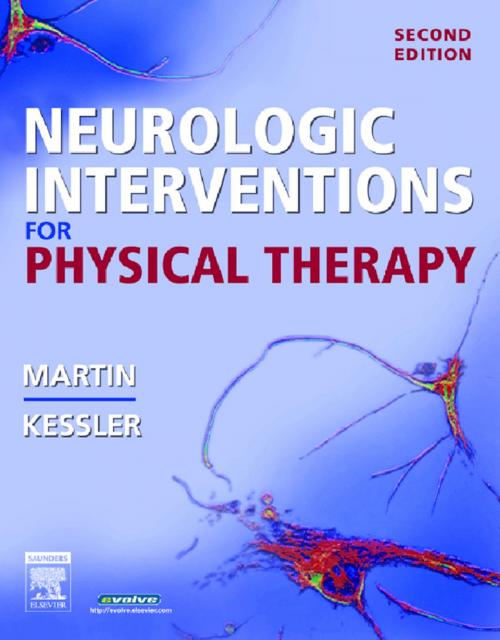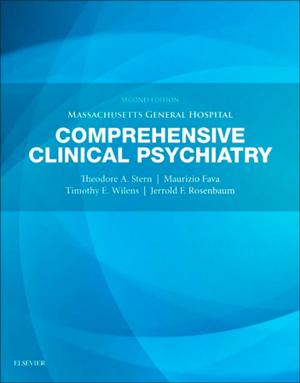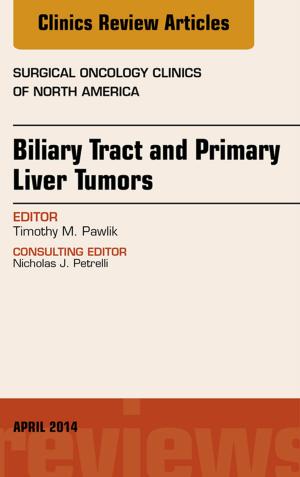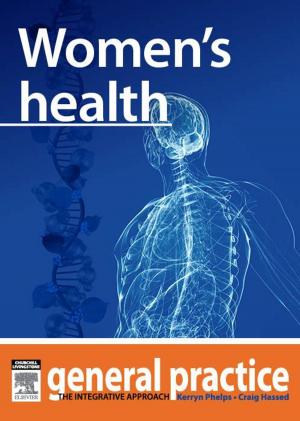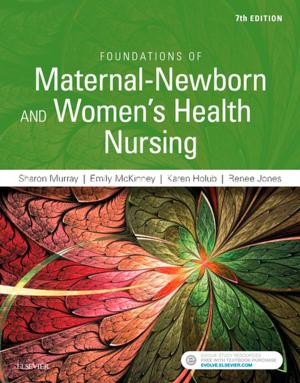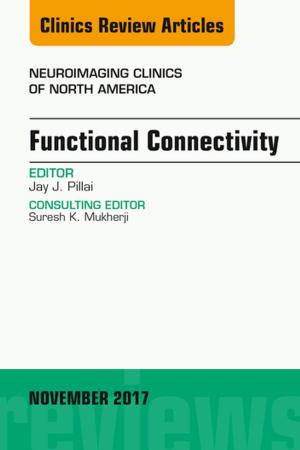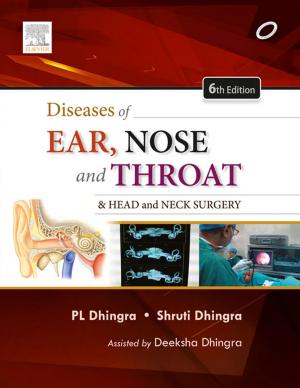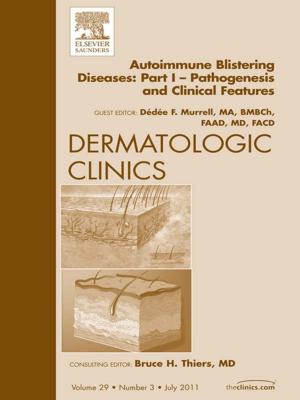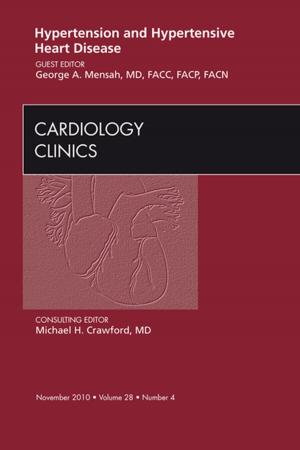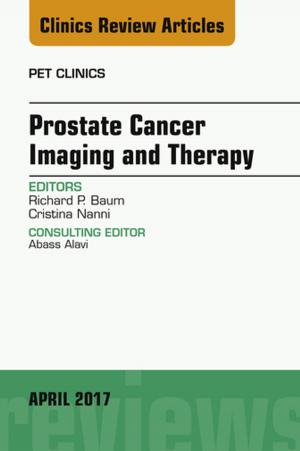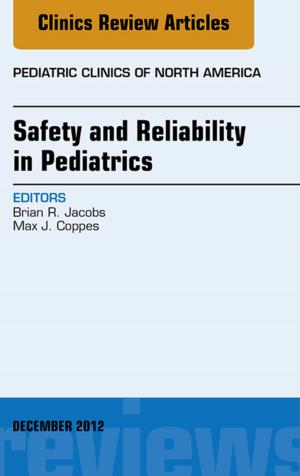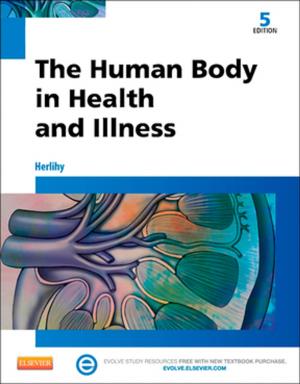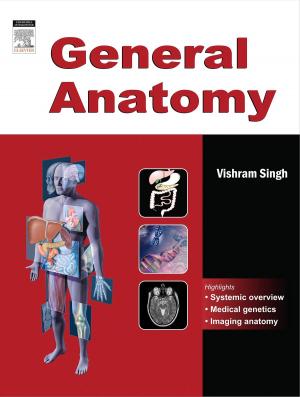Neurologic Interventions for Physical Therapy - E-Book
Nonfiction, Health & Well Being, Medical, Allied Health Services, Physical Therapy| Author: | Suzanne Tink Martin, MACT, PT, Mary Kessler, MHS, PT | ISBN: | 9780323266505 |
| Publisher: | Elsevier Health Sciences | Publication: | August 7, 2013 |
| Imprint: | Saunders | Language: | English |
| Author: | Suzanne Tink Martin, MACT, PT, Mary Kessler, MHS, PT |
| ISBN: | 9780323266505 |
| Publisher: | Elsevier Health Sciences |
| Publication: | August 7, 2013 |
| Imprint: | Saunders |
| Language: | English |
Now completely updated with the latest information on both adult and pediatric patients, this comprehensive book provides a link between the pathophysiology of neurologic deficits and possible rehabilitation interventions for improving movement outcomes. It introduces the structure and function of the nervous system and describes normal motor development, motor control and motor learning, pathophysiology of the nervous system and common treatment techniques used in physical therapy practice. This edition also features updated terminology from the APTA's Guide to Physical Therapist Practice, as well as new chapters on proprioceptive neuromuscular facilitation (PNF) and other neurological conditions seen in the adult. Helpful learning aids and abundant illustrations highlight key concepts and help readers quickly master the material.
-
Helpful learning aids - such as objectives, tables, illustrated intervention boxes, and review questions - reinforce important facts and concepts.
-
Review questions at the end of each chapter allow readers to test their understanding of the material.
-
700 illustrations clearly depict procedures discussed in the text and clarify descriptions of anatomy, physiology, evaluation, pathology, and treatment.
-
Background information is provided for interventions that can be used in the rehabilitation of adults and children, promoting a complete understanding of techniques.
-
Careful documentation uses current outcomes-based research.
-
Case histories include subjective and objective observation, assessment, planning, and critical decision-making components.
-
Current language of the APTA's Guide to Physical Therapist Practice, 2nd Edition is used throughout, aligning all information with best practices put forth by the APTA.
-
A new chapter on proprioceptive neuromuscular facilitation (PNF) describes how these techniques can be used to improve performance of functional tasks by increasing strength, flexibility, and range of motion.
Now completely updated with the latest information on both adult and pediatric patients, this comprehensive book provides a link between the pathophysiology of neurologic deficits and possible rehabilitation interventions for improving movement outcomes. It introduces the structure and function of the nervous system and describes normal motor development, motor control and motor learning, pathophysiology of the nervous system and common treatment techniques used in physical therapy practice. This edition also features updated terminology from the APTA's Guide to Physical Therapist Practice, as well as new chapters on proprioceptive neuromuscular facilitation (PNF) and other neurological conditions seen in the adult. Helpful learning aids and abundant illustrations highlight key concepts and help readers quickly master the material.
-
Helpful learning aids - such as objectives, tables, illustrated intervention boxes, and review questions - reinforce important facts and concepts.
-
Review questions at the end of each chapter allow readers to test their understanding of the material.
-
700 illustrations clearly depict procedures discussed in the text and clarify descriptions of anatomy, physiology, evaluation, pathology, and treatment.
-
Background information is provided for interventions that can be used in the rehabilitation of adults and children, promoting a complete understanding of techniques.
-
Careful documentation uses current outcomes-based research.
-
Case histories include subjective and objective observation, assessment, planning, and critical decision-making components.
-
Current language of the APTA's Guide to Physical Therapist Practice, 2nd Edition is used throughout, aligning all information with best practices put forth by the APTA.
-
A new chapter on proprioceptive neuromuscular facilitation (PNF) describes how these techniques can be used to improve performance of functional tasks by increasing strength, flexibility, and range of motion.
